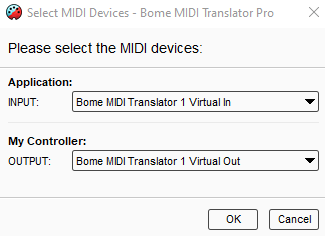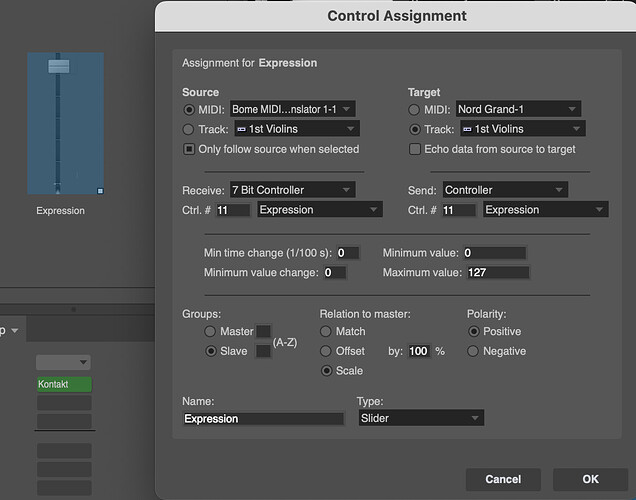So I looked at the trial copy of Digital Performer
If I understand correctly, you want to use a Mackie MCU compatible device as a standard controller to control Digital Performer. Then you want to use a button or keystroke on that device to make it look like it is another ‘custom’ controller and then use the faders to control CC message. When it is a custom controller you also want fader feedback from Digital Performer.
When you switch from standard mode to custom mode, you want the motorized faders to jump to where they last were in custom mode. Also when you switch from custom mode to standard mode, the faders should jump to where they were in standard mode.
So essentially you are using one control surface as if it were two? Is this what you are looking for?
If so, you will need to set up DP to look at 2 sets of virtual ports. One set to represent MCU mode and the other set to represent Custom mode.
You will need to monitor and track the values of all controls that you want to remember in each mode using global variables in MT Pro.
Then when you switch mode, you want to dump the last known values of that mode to the controller.
So essentially you could use virtual port 1 for standard mode and set it up as a MCU controller in DP. For custom mode you would build your own control surface and use virtual port 2.
You would use a preset for each mode with the proper device selection. When switching presets. You would monitor both incoming DP ports at all times and update global variables. When switching presets, you would have a timer to update all of the controls from the global variables you captured for that mode.
In standard mode there would not need to be any translation but you still need to capture the variables. In custom mode you would need to setup translators for Pitch Bend to CC and visa versa to control your plugins (which I assume is what you want to do in custom mode.
I do something like this with my APC-MINI-MK2 where I use it to control 2 different applications.
I could build this for you but it would take a paid engagement. Either email or PM me if you are interested. I am using a Behringer X-touch as a MCU surface and it has motorized faders. I’m not sure how long my trial license of DP will last. I could do some rudimentary testing but am not that familiar with DP so I would set up the MT Project file and advise on how to set up in DP (as long as I have it working).
Steve Caldwell
Bome Customer Care
Also available for paid consulting services: bome@sniz.biz


